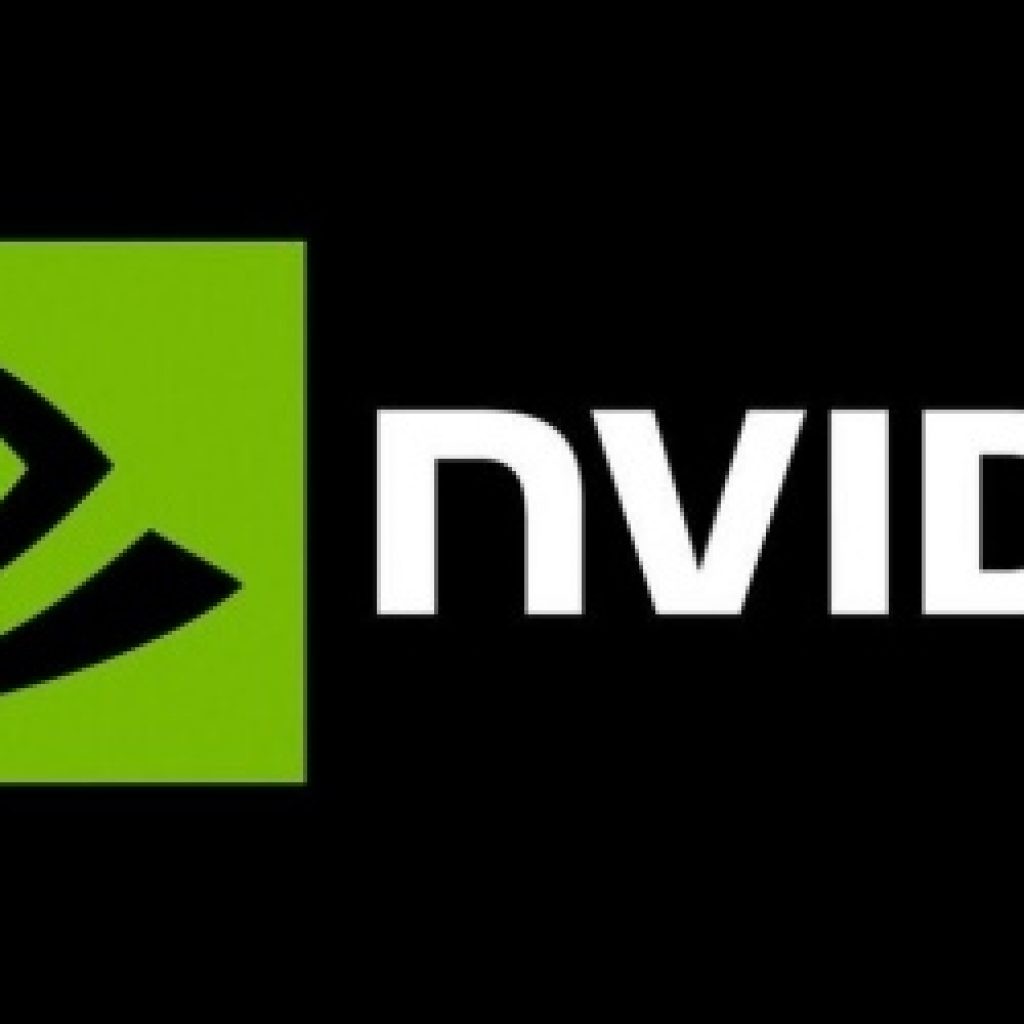We have reached the point in the evolution of the quantum computing sector when a semiconductor giant is self-identifying as a quantum computing company.
Nvidia has been circling the market, creating the cuQuantum software development kit for quantum simulations, which was announced last year and is now generally available, and accumulating partners like Pasqal, IBM, Oak Ridge National Laboratory (ORNL) and others.
But with this week’s launch of a new quantum compiler and a new software appliance to run quantum jobs in data centers, Nvidia is making the statement that it is as intent as any pure-play quantum firm or evolving classical computing company on pursuing quantum market opportunities.
“I would definitely say Nvidia should be thought of as a quantum computing company,” said Timothy Costa, Group Product Manager, HPC & Quantum Computing at Nvidia, in an interview with IQT News.
At Nvidia’s GTC Spring event this week, the company announced that it is developing a new quantum compiler called nvq++ that targets the Quantum Intermediate Representation (QIR) specification for a low-level machine language that quantum and classical computers can use to talk to each other. The company said ORNL will be among the first to use this new common software layer.
The aim is to help the high-performance computing (HPC) community, which Nvidia traditionally has served with powerful processors and accelerated computing architectures to support growing AI implementation, embrace a unified programming model for hybrid classical-quantum systems.
“We think quantum will be a co-processor-style accelerator to HPC and scientific computing, so we want to make sure that folks on the Nvidia platform have a highly productive way, a seamless way, to program those systems as advantage starts to arrive,” Costa said. “We want to enable algorithm developers today as they look at this opportunity, but when we do arrive into the future of quantum advantage, and we have quantum processors sitting next to GPU [graphic processing units, which Nvidia designs] accelerated supercomputers, trying to work together, we want to make sure that it’s a seamless experience.”
In addition to the new quantum compiler, Nvidia unveiled the beta release of its cuQuantum DGX Appliance, a software-based container with all the components needed to run cuQuantum jobs optimized for Nvidia DGX A100 systems, AI computing infrastructures for data centers. (Nvidia’s website notes that “an Nvidia DGX A100 with eight Nvidia A100 80GB Tensor Core GPUs can simulate up to 36 qubits, delivering an orders-of-magnitude speedup over a dual-socket CPU server on leading state vector simulations.”
Costa added, “The progress that’s been made in quantum computing hardware recently is very incredible, but we also know there’s a long way to go before quantum processors can provide advantage over classical computing for relevant problems. When it happens it’ll be transformational acceleration across a wide range of industries. And that’s also what the GPU has been for so many industries already. So we’re building a platform for scientists doing quantum algorithm research, and researchers building quantum processors to accelerate their work. And so yes, we are a quantum computing company.”
Nvidia noted that QC Ware is running quantum chemistry and quantum machine learning algorithms using cuQuantum on the Perlmutter supercomputer at the Lawrence Berkeley National Laboratory. The work aims to advance drug discovery and climate science.
Also, Xanadu has integrated cuQuantum into PennyLane, an open-source framework for quantum machine learning and quantum chemistry. ORNL is using cuQuantum in TNQVM, a framework for tensor network quantum circuit simulations.
In addition, Classiq now supports cuQuantum in its Quantum Algorithm Design platform, and Zapata Computing is doing the same in its Orquestra platform. They join existing Nvidia cuQuantum collaborators, including Google Quantum AI, IBM, IonQ and Pasqal.
